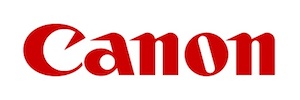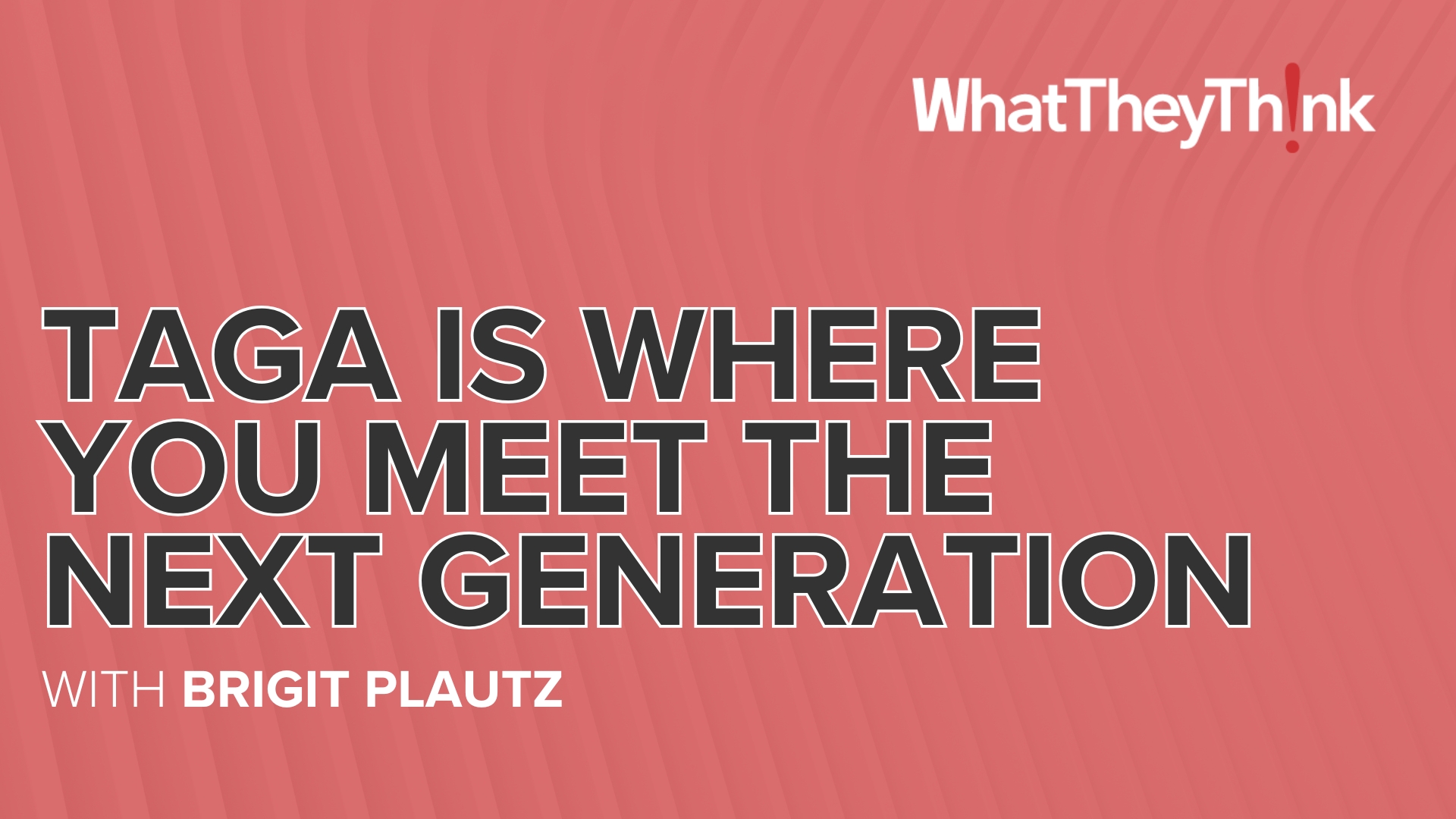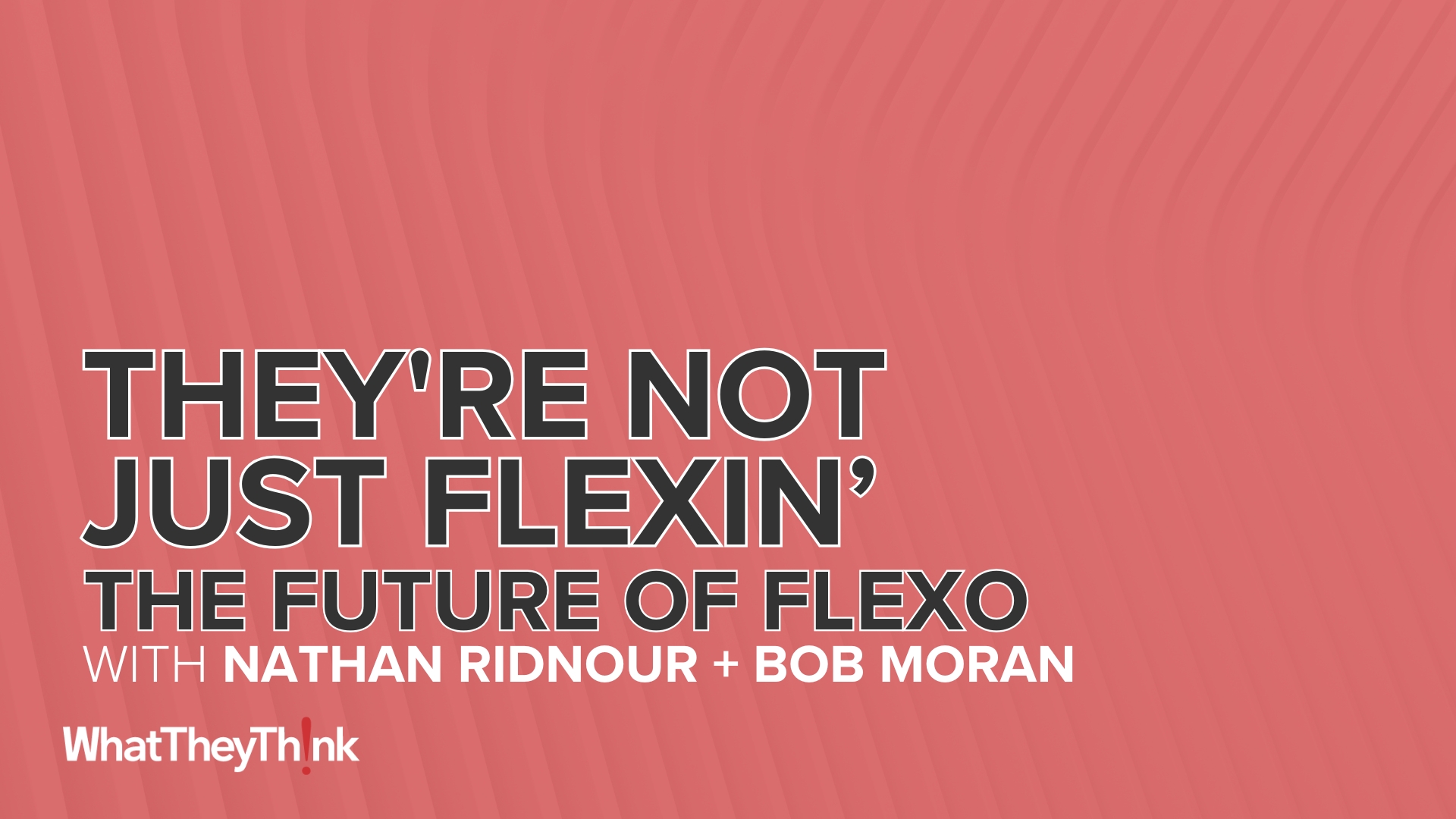Richard Romano: Hi, this is Richard Romano, Senior Analyst for WhatTheyThink.com and welcome to the Educational Video Series sponsored by Enfocus. Now, when we talk about workflow automation what do we mean by the term work flow automation? What is automated in a workflow?
Andrea Mahone: When we want to take files and information at the start of our workflow and use all the information without having to have people change file names and write things down. And we want to be able to automate that information all in one step and have job folders made. We want to have files preflighted. We want to have things tell us when something is not right. And so workflow automation is really something that helps us do a better job with the work that we get in.
Richard Romano: Now what are some of the automated systems that you install for other companies? What are the things they’re trying to automate?
Ted Vahey: A lot of it’s just general routine tasks that are done on a consistent basis. Generally not much value add to those processes but things that have to be done. So those are the type of things that we’ll look to automate. We can do things - very simple automation tasks to some very complicated things as well. So simply moving files to actually creating documents on the fly with some variable data and customization as well. We’ll generally start with something like a one trick pony that will address a single issue and sometimes something as simple as that will justify the cost of the product. And then they find all the other things they can do. So we generally start simple and get very complicated.
Richard Romano: Now you’ve been working with Switch. What are some of the advantages of Switch that you’ve found in working with your own customers?
Ted Vahey: Probably the biggest advantage of Switch is that it’s an open system and we’re actually automating some of the desktop applications that they already have and know. They know them very well. They know the settings that they use, they know the output that’s generated from them and we just automate the tasks to actually get the output from those systems.
Richard Romano: Now what are the kinds of companies that you work with that sort of get the most out of automation?
Andrea Mahone: Well all types of printers. All types of printers will get a lot out of Switch. Small printers, commercial printers. It all depends on what you want to deal with. Anybody that has a website that takes orders will benefit from Switch because there’s a lot of repetitive information coming from a website. You want to have it all automatically be set up by Switch.
Richard Romano: What are some of the benefits you’ve seen in some of the companies you’ve worked with?
Ted Vahey: There’s some companies that we’ve done some things with just on the automation and saving time and the prepress department is probably a big winner. There’s a case that we did with the folks at Miami Dade and that actually tied into their mailing system. And they’ve reported savings of over a dollar per piece with some of the automation that we’ve done in tracking first class and certified mail.
Richard Romano: And one of the big fears is that this is all like really complicated and time consuming and expensive to set up. Is any of that true?
Andrea Mahone: Well that’s what I think the best part of Switch is, is that we can take Switch right out of the box and we can automate one thing at a time and let it run. And while it’s running and actually doing something for us like downloading something from an ftp site and putting it on our server and emailing somebody; while it’s doing that we can create another flow that sends something to a laser printer when somebody scans a bar code. Or we can then set up another flow that will do – and this is where you can do simple things one at a time. And you’re accomplishing things and you don’t realize it before you’re done that you’ve accomplished so much.
Richard Romano: What advice would you give to the printing companies or publishing companies or advertising agencies or any other company that’s looking to automate certain types of production processes?
Ted Vahey: Try and find something that’s simple that we can automate and that’s a great place to start. You can also think very big as well. If you’re looking to do something very big what we’ll do is we’ll walk through something, a functional spec, and that is you just describe what you’re trying to do and we’ll help them walk through that. They develop the functional spec. Based on that we’ll do a technical specification so it’s kind of like they tell us what they want to do and then we’ll explain how we would do that with the tool sets that we have. And once that’s done we map out a plan and we show them how it’s gonna be done and do some metrics on that. So it’s a very well organized process for the bigger plants.
Richard Romano: So in that initial process have you ever gone through with a company and walked through some of the processes they can automate and then they said, “Oh, we didn’t know we could do this as well.” Then you sort of start adding onto that process.
Ted Vahey: Absolutely. Yeah, they definitely grow from there. And actually sometimes when we’re going through the process they discover some inefficiencies that they’ve already had and just walking through the process there’s some benefits of doing that without actually implementing anything. But then we can actually automate the things that they’ve identified. So they definitely start – if they start small they definitely get big. But some people have gone in with some very large systems to begin with. They have a well-defined specification and that’s good for us.
Richard Romano: Well, great advice. So thank you very much for joining us.
Ted Vahey: Thank you very much.

 Official camera partner of WhatTheyThink and the drupa daily.
Official camera partner of WhatTheyThink and the drupa daily. 












